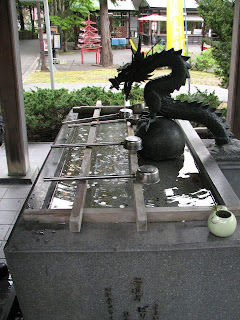
If you a nature lover, especially a birder, this Festival is a must see. Thousands of Greater Sandhill Cranes migrate through the San Luis Valley each spring and it is a sight to behold. Enjoy great speakers, tours, a pancake breakfast, craft fair and of course...the birds.
A moment that almost brought my best friend and me to tears: we were in the Monte Vista National Wildlife Refuge heading to where the sunrise fly out of the cranes would be and I saw a picture of a mountain range I wanted to take. We pulled over and got out. All we could hear were the birds in the distance. We noticed the moon to the west over the snow covered peaks and behind us the sky was turning orange from the sunrise. As we stood and took pictures enjoying the crisp air, the sounds of nature and the beautiful scenery, we heard the wing beats. Above us, beside us and all around us were thousands of sandhill cranes...we just happened to stop in the middle of their path from the night roost site on the lakes to the fields where they will spend their day feeding. We were the only two for miles enjoying this wonderful event and we felt priveledged and so lucky to be there.
Here is the wildlife list from the trip. Mammals: Pronghorn, Elk and Desert Cottontail Rabbits. Birds: Great Blue Heron, Canada Goose, Mallard, Northern Pintail, Blue-winged Teal, Cinnamon Teal, Northern Shoveler, Gadwall, American Wigeon, Lesser Scaup, Bufflehead, Hooded Merganser, Ruddy Duck, Bald Eagle, Northern Harrier, Red-tailed Hawk, Ferruginous Hawk, Golden Eagle, American Kestrel, Merlin, Prairie Falcon, Ring-necked Pheasant, American Coot, Sandhill Crane, Ring-billed Gull, Rock Pigeon, Mourning Dove, Great Horned Owl, Northern Flicker, Say's Phoebe, Horned Lark, Black-billed Magpie, American Crow, Common Raven, Marsh Wren, Mountain Bluebird, American Robin, European Starling, Savannah Sparrow, Song Sparrow, Red-winged Blackbird, Western Meadowlark, House Finch and House Sparrow. Total of 44 Species.


















.JPG)




